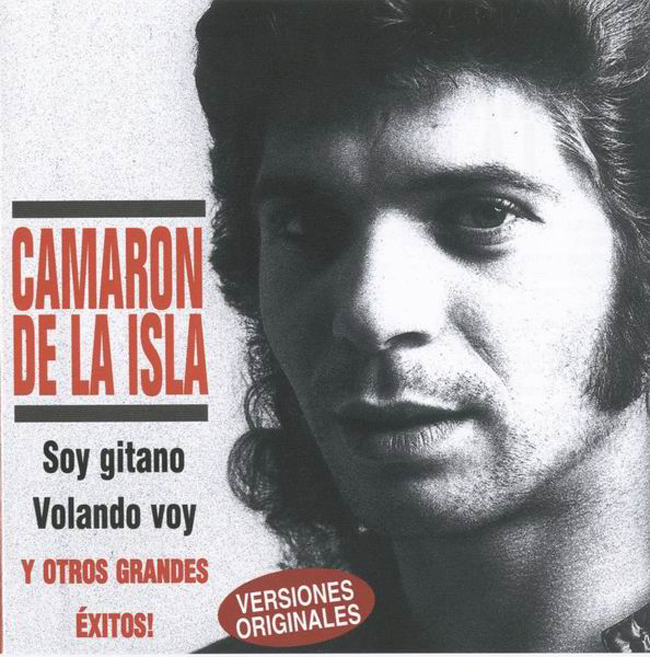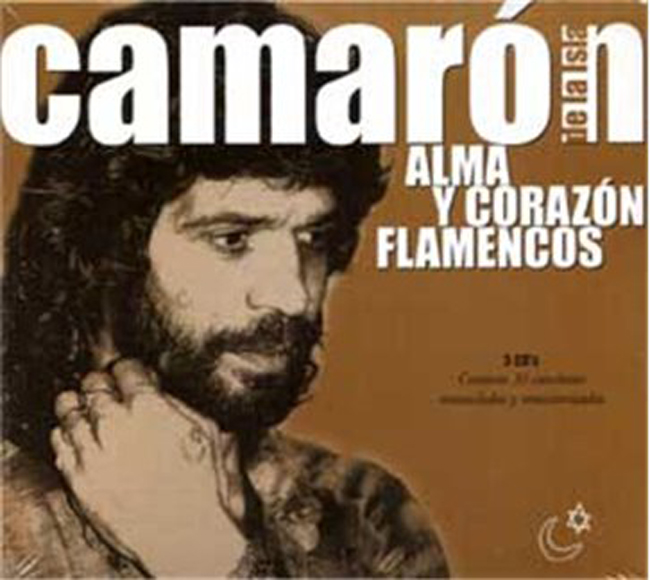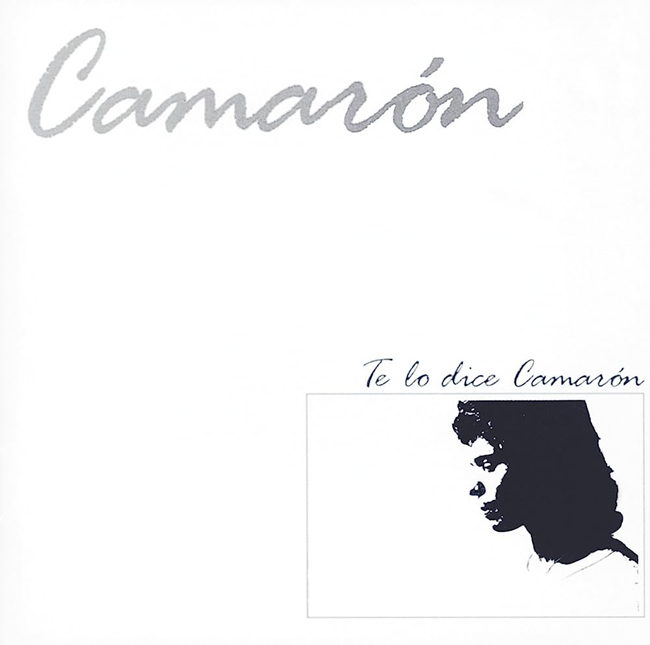We’ll send the cart to your email so you can continue shopping anytime.
Or if you prefer, you can complete your order now.
By saving your cart, you agree to our privacy policy








































 Wholesalers/Stockists
Wholesalers/Stockists Contact
Contact









